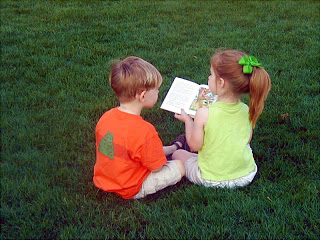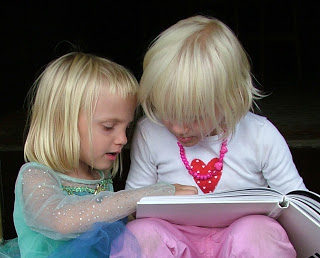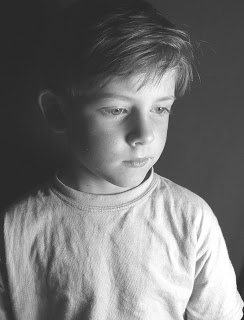A recent article in the New York Times, “The Neuroscience of Your Brain on Fiction” cited current research on what happens when we read (or listen to) fictional narratives. You may recall I wrote an article back in December in a similar vein, This Is your Brain on Stories. Again, it has been shown through fMRI scanning that reading words associated with sensory or motor activities stimulates not just the regions in the brain that are related to language processing, but to the specific sensory or motor activities being referenced. Stories thus act as simulations of activities or events, giving us the chance to live an experience we haven’t yet had. Scientists also speculate that lots of experience with fiction, with its rich metaphors and descriptions and exploration of character’s thoughts and emotions, helps to develop “theory of mind.” This is what helps us imagine what might be going on in someone else’s head, and gives us clues about how to proceed in social interactions.
The article does specifically mention how this affects children:
A 2010 study by Dr. Mar found a similar result in preschool-age children: the more stories they had read to them, the keener their theory of mind — an effect that was also produced by watching movies but, curiously, not by watching television. (Dr. Mar has conjectured that because children often watch TV alone, but go to the movies with their parents, they may experience more “parent-children conversations about mental states” when it comes to films.)
 Cited in the article is Keith Oatley, an emeritus professor (University of Toronto) in cognitive psychology with a special interest in fiction and narrative. In this article in Greater Good magazine, Oatley describes findings of some of his research and research by colleagues. Reading fiction – stories – promotes greater social abilities, abilities that help us to understand the emotions and motivations of others. Additionally, reading (or listening to) stories produces measurable increases in empathy, which is a foundation of moral development, and thus moral courage.
Cited in the article is Keith Oatley, an emeritus professor (University of Toronto) in cognitive psychology with a special interest in fiction and narrative. In this article in Greater Good magazine, Oatley describes findings of some of his research and research by colleagues. Reading fiction – stories – promotes greater social abilities, abilities that help us to understand the emotions and motivations of others. Additionally, reading (or listening to) stories produces measurable increases in empathy, which is a foundation of moral development, and thus moral courage.
So, can I interest you in a tale or two?






